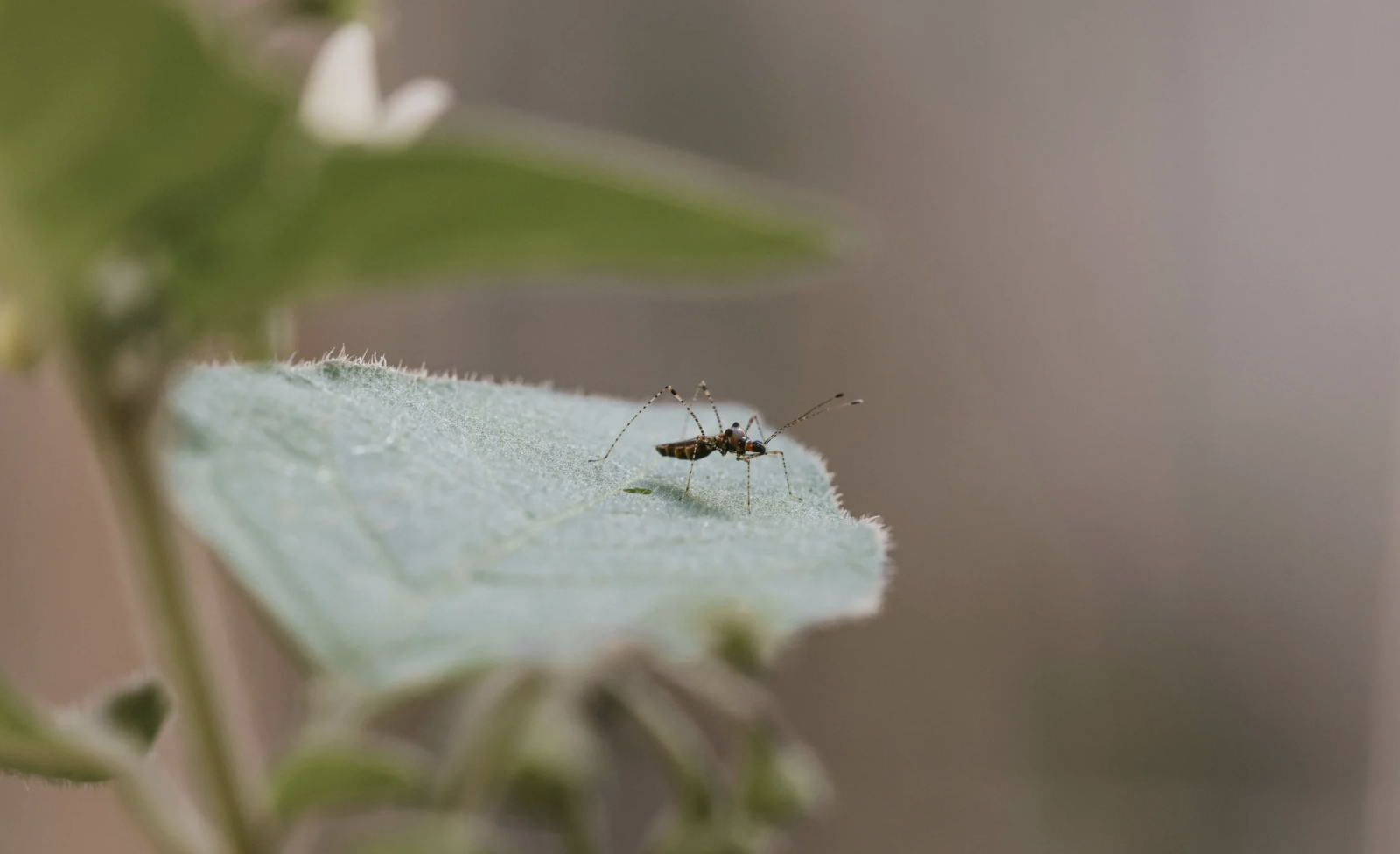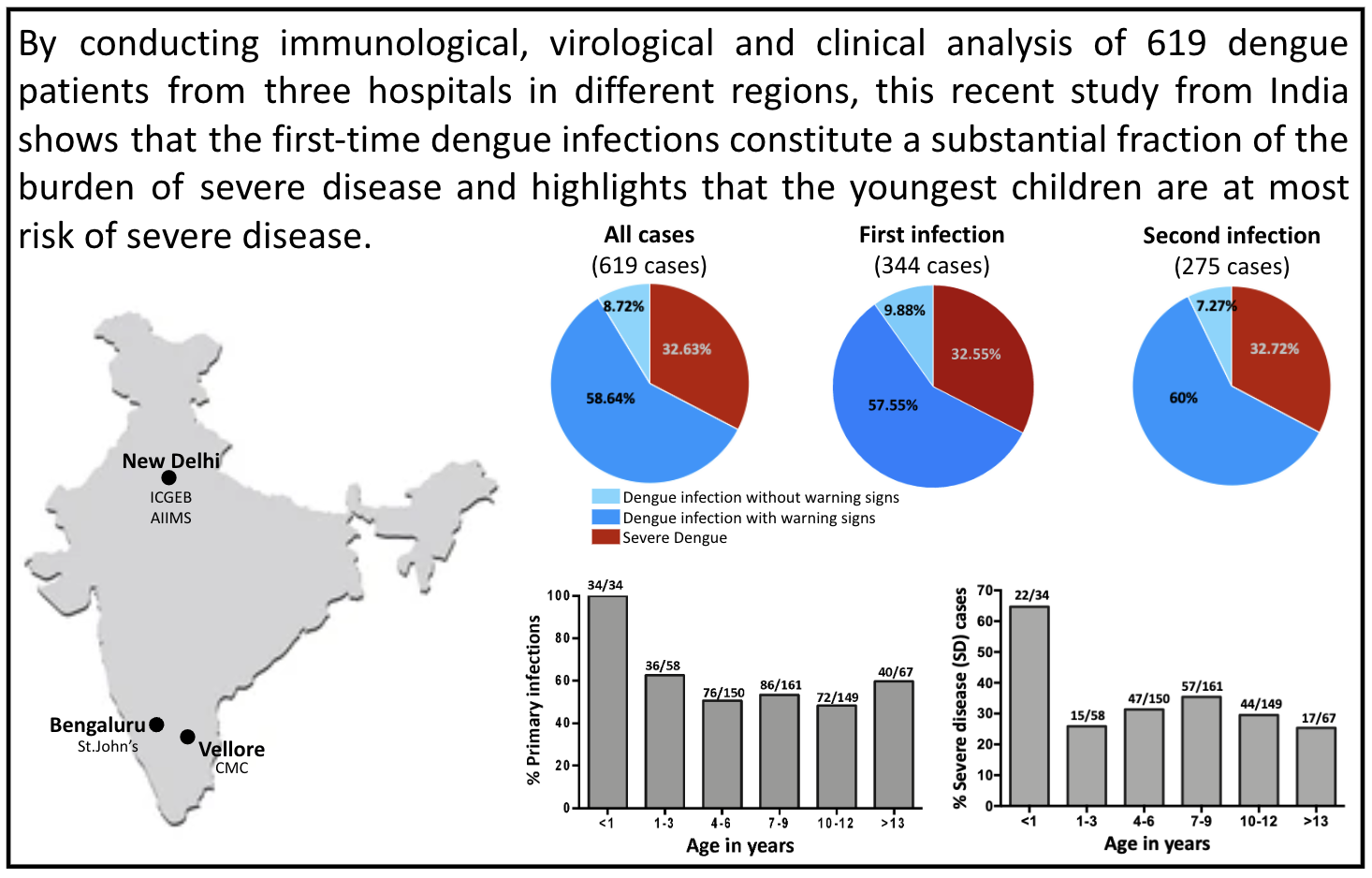A collaborative study published in Nature Medicine challenges previous notions about dengue severity, revealing a significant association between primary infections and disease severity. Conducted across three hospitals in India, the study underscores the need for a broader approach in dengue vaccine development and suggests potential implications for global vaccine efforts.

Dengue fever is a viral disease affecting millions globally. In recent years, India has witnessed a huge number of dengue incidents. The disease is characterised by fever, musculoskeletal pain, and reduced blood platelet count. Dengue can take the form of severe disease including dengue hemorrhagic fever or dengue shock syndrome that can be fatal in some individuals with chronic conditions. Despite considerable research on therapeutics for dengue, there is a lack of evident research on the relationship between dengue severity, and primary and secondary infections.
An infection with a dengue virus for the first time leads to primary dengue infections whereas subsequent re-infection results in secondary dengue infection. Until now, the severity of dengue disease has mainly been linked to secondary dengue infections. But a recent study published in Nature Medicine presents a novel collaborative investigation shedding light on the association of severity with primary dengue infections. This study shows that a notable number of severe cases can arise from primary dengue infections.

In line with this, Anmol Chandele, Associate Professor, International Centre for Genetic Engineering and Biotechnology (ICGEB), New Delhi, said,
Our research clearly shows that primary infections contribute substantially to the frequency of severe disease cases, a factor previously overlooked by the field.
Chandele added, “There is a need to re-think the approach of health research on dengue and develop vaccines that not only safeguard individuals already exposed but also those who are dengue-naïve.”
The study examined 619 confirmed cases of dengue in children aged from less than 1 year old to 16 years old. These cases were identified in three hospitals across India: St. John Research Institute, Bengaluru; All India Institute of Medical Sciences, New Delhi; and Christian Medical College, Vellore. The study adhered to stringent criteria, including the WHO 1997 and WHO 2009 guidelines for disease severity classification.
In addition to using the WHO-recommended ratio of dengue-virus specific antibodies (IgM to IgG) as an index to differentiate between primary and secondary infections, the study used several IgM/IgG ratios to stringently verify the classification that was used. Also, the level of neutralising antibodies were significantly lower in the primary compared to the secondary infections, further substantiating the stringency of the classification. Out of the total cases, more than half (344) were classified as primary dengue infections.

The findings from the research show that more than half of the severe dengue disease cases are linked to primary infections. This finding is important because the current global dengue vaccine development and implementation efforts mainly target only protecting against secondary infections. More importantly, the study revealed that the youngest children are mainly affected by primary infections and are at the highest risk of severe dengue disease. More than 60% of children under one year old showed severe dengue disease. Notably, the severity of dengue in primary infectious diseases was not tied to any specific dengue serotype. Most importantly, out of 619 cases, 202 were severe, evenly distributed between primary and secondary dengue infections. Also, the pattern of severity association with primary dengue infections, regardless of age group and dengue serotype, was consistent across all three study sites.
Shama Parveen, Professor, Jamia Millia Islamia, New Delhi, who was not associated with the study, said,
This research could shape global vaccine development efforts. We should test the dengue virus vaccine on individuals who have never encountered a dengue virus as well as those who have suffered with dengue before.
The investigation highlighted limitations, such as conducting the study in hospitals rather than at the population level, and unintentional misclassification of primary and secondary infections. Despite these challenges, the study prompts further exploration in dengue research. Regarding limitations, the authors noted, “Although we adjusted the criteria for distinguishing primary from secondary infections, we did not observe a decrease in severe cases.”
Notably, corresponding author Murali-Krishna Kaja, Associate Professor at Emory Vaccine Center, pointed out, “These findings and the future research based on these findings have important implications for improving public health for several reasons: we still have an incomplete understanding of the mechanistic intricacies underpinning the pathogenesis of severe disease and how this may diverge during primary and secondary dengue infection.”
Kaja added, “This knowledge gap poses a formidable challenge in developing effective clinical management strategies for primary and secondary infection. Based on the findings of this study, future follow-up research can be effectively leveraged for discovery, evaluation, and implementation of vaccines as well as the development of novel clinical interventions to combat the expanding threat of dengue”.